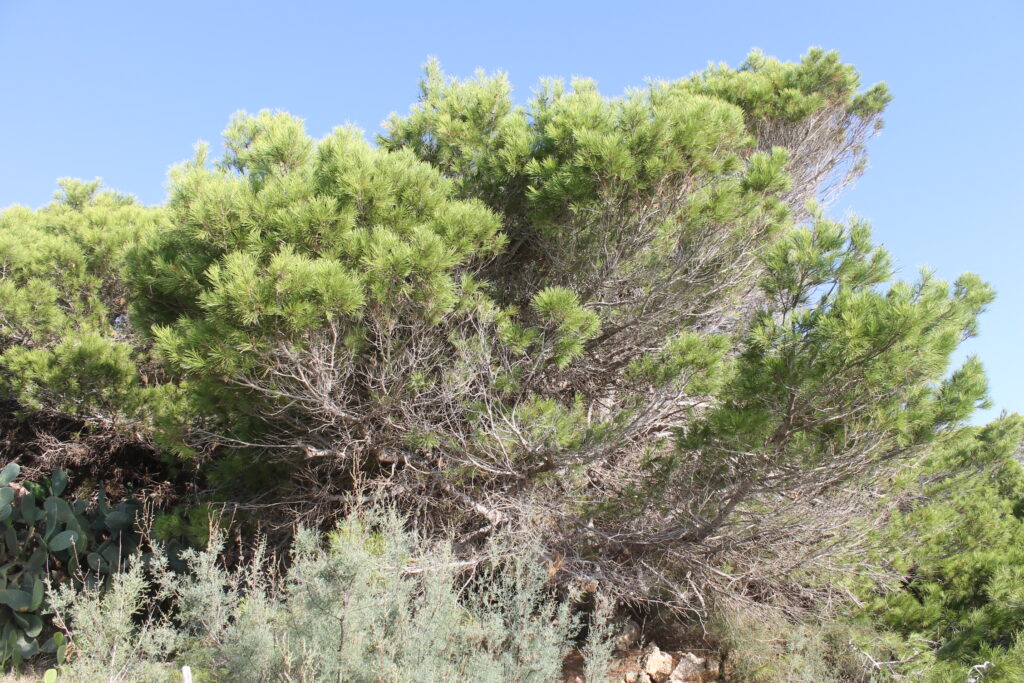Malta is renowned for its rich biodiversity and unique ecosystems. Despite its small size, Malta boasts a variety of habitats that are home to numerous endemic species. Protecting this biodiversity is crucial, and one of the key tools in this effort is the Natura 2000 network.
What is it?
The European Union established Natura 2000 to safeguard Europe’s most valuable and threatened species and habitats. This network of protected areas is the world’s largest coordinated effort, covering both terrestrial and marine environments. It aims not only to protect biodiversity but also to promote sustainable land and water use practices.

Natura 2000 in Malta
Malta’s inclusion in the Natura 2000 network highlights its commitment to conserving its natural heritage. The network in Malta encompasses a variety of sites, from coastal cliffs and rocky shores to inland woodlands and wetlands. These areas are vital for the conservation of numerous species and habitats, some of which are found nowhere else in the world.
The Role of Natura 2000 in Biodiversity Conservation
It plays a pivotal role in protecting Malta’s biodiversity through several mechanisms:
1. Habitat Protection
Malta designates critical habitats as Natura 2000 sites, ensuring legal protection from activities that could harm their ecological integrity. This includes regulating development, pollution, and resource extraction.

2. Species Conservation
Many of the species found in Malta are rare or threatened. Natura 2000 provides a framework for targeted conservation actions aimed at protecting these species, including habitat restoration, monitoring, and research.
3. Sustainable Land Use
Natura 2000 encourages sustainable land use practices that balance human activities with the needs of the environment. This includes promoting eco-friendly agriculture, forestry, and tourism that do not compromise the ecological value of the protected areas.

4. Community Engagement
Engaging local communities in conservation efforts is a key component. By involving stakeholders in the management and protection of these sites, the network fosters a sense of ownership and responsibility towards biodiversity conservation.
Challenges and Opportunities
While Natura 2000 has made significant strides in protecting Malta’s biodiversity, challenges remain. Development pressure, climate change, and invasive species are ongoing threats that require continuous vigilance and adaptive management. However, these challenges also present opportunities for innovation and collaboration in conservation.

Organisations like AIS Environment play a crucial role in addressing these challenges by offering solutions in terrestrial ecology. Through research, monitoring, and consultancy services, they help ensure that Malta’s natural heritage is preserved for future generations.
Conclusion
Natura 2000 is a cornerstone of biodiversity conservation in Malta, providing a robust framework for protecting the islands’ unique ecosystems and species. By safeguarding critical habitats, promoting sustainable land use, and engaging local communities, it helps ensure that Malta’s rich natural heritage can be enjoyed by generations to come.
